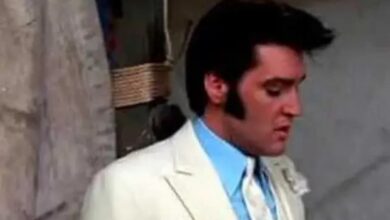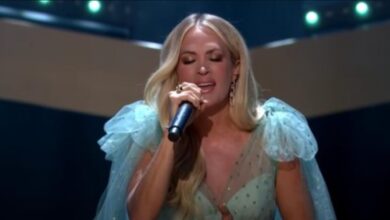Ben Haggard: Harmonizing Faith and Music in His Father’s Footsteps
Ben Haggard, the son of the legendary Country Singer Merle Haggard, has been instrumental in keeping his father’s legacy alive, particularly through his YouTube channel. This platform showcases a collection of Ben’s personal gigs, offering a digital space for fans to connect with the Haggard legacy. One standout performance on his channel is his version of the classic hymn, “Where No One Stands Alone.” In these videos, Ben is typically seen seated, armed only with his guitar, delivering performances that are the epitome of traditional country music.
“Where No One Stands Alone” traces its origins back to the 1950s. It was penned by hymn writer Thomas Mosie Lister, who focused on the theme of the emptiness of life without the presence of Jesus. Lister’s contributions to gospel music have been widely recognized, evidenced by his induction into the Gospel Music Hall of Fame in 1976 and the Southern Gospel Music Association Hall of Fame in 1997. His work has left a significant imprint on the genre, resonating with audiences across generations.
The hymn first gained commercial recognition with its recording by the Statesmen Quartet in 1955. This release sparked a series of renditions by various Southern Gospel artists, including the Blackwood Bros. Quartet in 1956, The Jordanaires in 1959, and the Cathedral Quartet in 1966. Each of these groups brought their unique style to the hymn, contributing to its enduring popularity in the gospel music community.
Beyond the gospel music sphere, “Where No One Stands Alone” also captured the hearts of mainstream country artists, leading to its inclusion in numerous country music albums. Prominent country singers such as Don Gibson in 1958, Loretta Lynn in 1965, Elvis Presley alongside The Jordanaires and The Imperials Quartet in 1967, Ferlin Husky in 1968, Merle Haggard in 1981, and Alison Krauss with The Cox Family in 1994, all recorded their versions of the hymn. This wide adoption by country artists further cemented the song’s status as a cross-genre classic, beloved in both gospel and country music circles.





